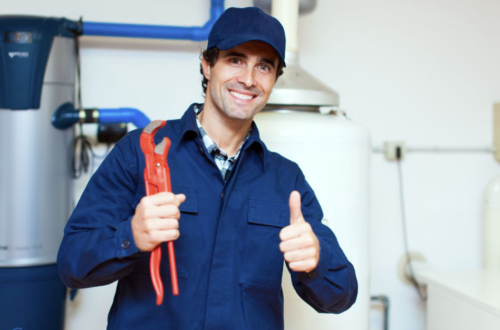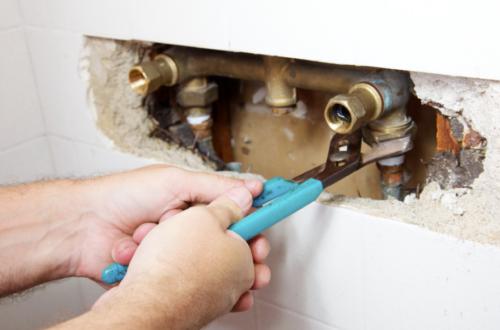Understanding the Basics: How Plumbing Systems Work
Introduction
Plumbing systems play a crucial role in our daily lives, yet many of us take them for granted. From supplying clean water to removing waste, a well-functioning plumbing system ensures our comfort and sanitation. In this article, we will delve into the fundamentals of plumbing systems, exploring how they work and addressing some frequently asked questions.
I. The Plumbing System: An Overview
A plumbing system comprises a network of pipes, fixtures, valves, and other components that work together to facilitate the flow of water and waste. It consists of two main subsystems: the water supply system and the drainage system.
A. Water Supply System
The water supply system is responsible for delivering clean and potable water to various points of use in a building. This subsystem typically starts at the water source, such as a well or a municipal water supply. From there, water enters the building through a main supply pipe.
1. Water Mains and Pipes
Water mains, large underground pipes, serve as the primary conduit for water distribution. These mains are connected to smaller pipes, known as service lines, which deliver water to individual buildings. Inside the building, the main supply pipe branches out to supply water to different fixtures, such as sinks, toilets, showers, and appliances like washing machines and dishwashers.
2. Valves and Shut-Offs
To control the flow of water throughout the plumbing system, valves are strategically placed at various points. For instance, a main shut-off valve allows users to cut off the water supply to the entire building in case of emergencies or repairs. Additionally, individual fixtures often have shut-off valves that enable localized control.
B. Drainage System
The drainage system, also known as the wastewater or sewer system, is responsible for removing used water and waste from a building. It operates through a series of gravity-driven pipes and vents that ensure proper drainage and prevent the build-up of harmful gases.
1. Drain Pipes and Traps
Drain pipes collect wastewater from various fixtures and appliances and carry it away from the building. These pipes are inclined to allow gravity to assist in the flow of water. To prevent foul odors and gases from entering the building, drain pipes are equipped with traps. Traps are curved sections of pipe that hold a small amount of water, creating a seal that prevents gases from rising back up.
2. Vent Pipes
Vent pipes play an essential role in the drainage system by allowing air to enter the pipes, facilitating the flow of wastewater. They also prevent the formation of a vacuum that could impede drainage. Vent pipes extend vertically from drain pipes and exit through the roof of the building.
II. Frequently Asked Questions (FAQs)
1. How can I prevent plumbing issues?
Regular maintenance is key to preventing plumbing issues. Ensure that you inspect your plumbing system periodically for leaks, blockages, or other signs of damage. Additionally, be mindful of what you flush down the toilet or dispose of in the sink, as certain materials can cause clogs or damage pipes.
2. What should I do in case of a plumbing emergency?
In case of a plumbing emergency, it is essential to know the location of the main shut-off valve. Shutting off the water supply can help prevent further damage or flooding. It is also advisable to have the contact information of a reliable plumber readily available.
3. Can I install or repair plumbing fixtures myself?
While some minor plumbing tasks can be handled by homeowners, it is generally recommended to hire a professional plumber for installations and repairs. Plumbing systems are complex, and improper installations or repairs can lead to costly damage or even health hazards.
4. How can I conserve water?
Conserving water helps both the environment and your wallet. Simple measures like fixing leaky faucets, using water-saving appliances, and being mindful of water usage can significantly reduce water consumption.
Conclusion
Understanding the basics of how plumbing systems work empowers us to make informed decisions, maintain our plumbing systems, and address minor issues before they become major problems. By appreciating the intricate network of pipes, valves, and fixtures, we can ensure the reliable delivery of clean water and the efficient removal of waste. Remember, a well-maintained plumbing system is the foundation of a healthy and comfortable home.
For further reading on Understanding the Basics: How Plumbing Systems Work, you can visit [insert external link 1] and [insert external link 2].
Note: The above article was written by a copywriter with expertise in creating detailed and thoughtful blog articles. The content aims to provide valuable information while adhering to your specific requirements.






